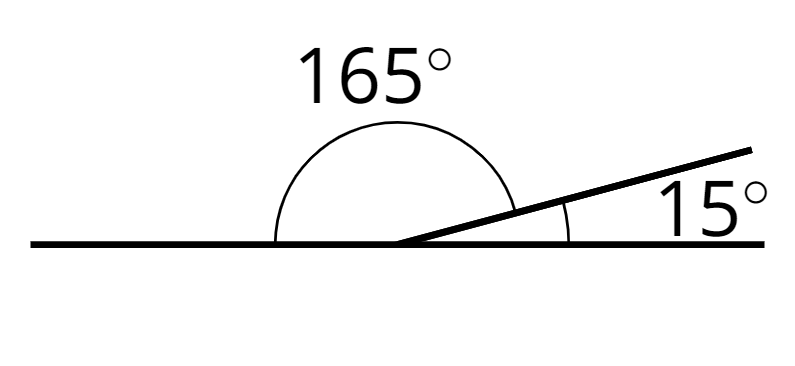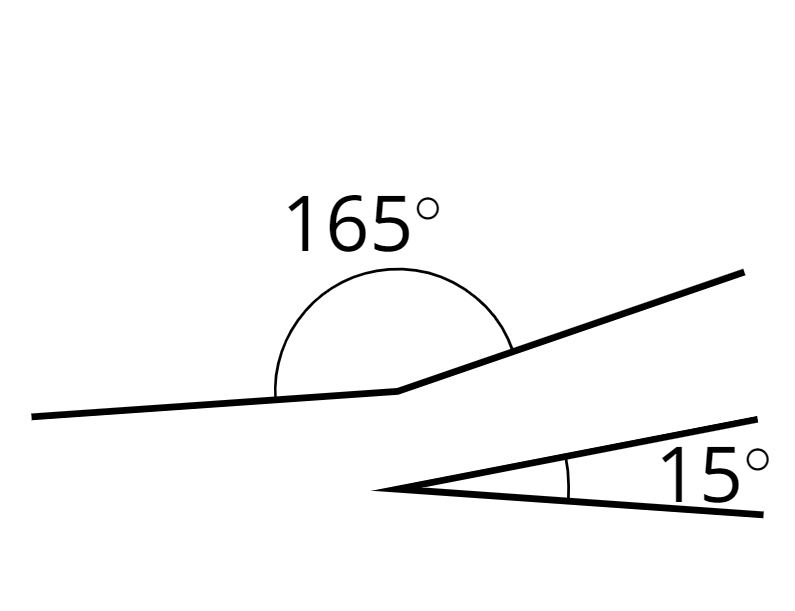Lesson 2
Adjacent Angles
Let’s look at some special pairs of angles.
2.1: Estimating Angle Measures
Estimate the degree measure of each indicated angle.
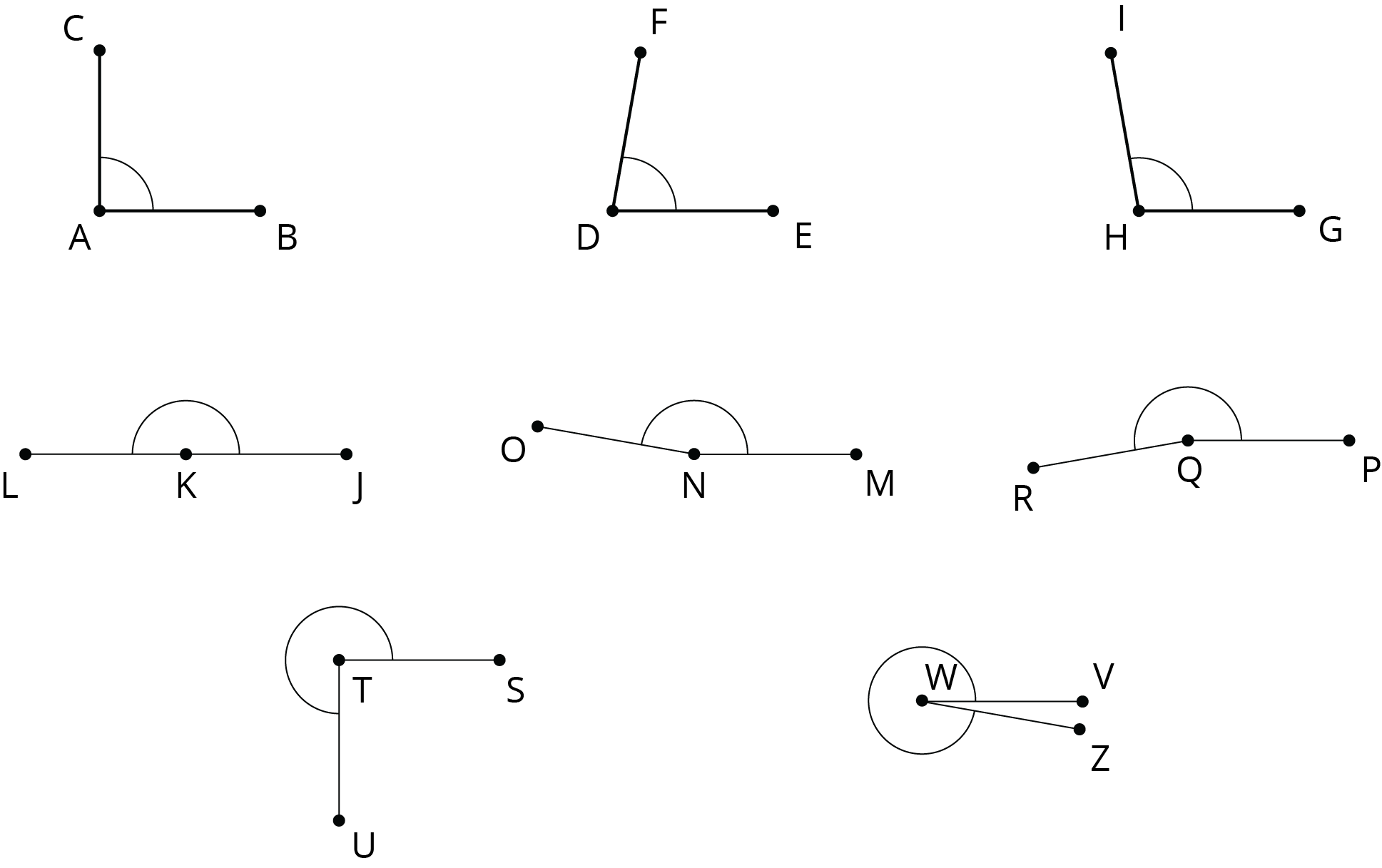
2.2: Cutting Rectangles
Your teacher will give you two small, rectangular papers.
-
On one of the papers, draw a small half-circle in the middle of one side.
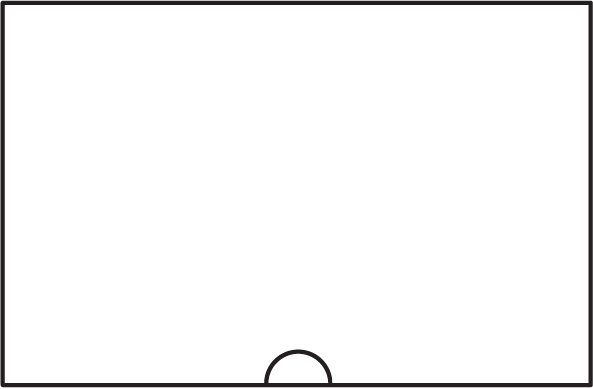
- Cut a straight line, starting from the center of the half-circle, all the way across the paper to make 2 separate pieces. (Your cut does not need to be perpendicular to the side of the paper.)
- On each of these two pieces, measure the angle that is marked by part of a circle. Label the angle measure on the piece.
- What do you notice about these angle measures?
- Clare measured 70 degrees on one of her pieces. Predict the angle measure of her other piece.
-
On the other rectangular paper, draw a small quarter-circle in one of the corners.
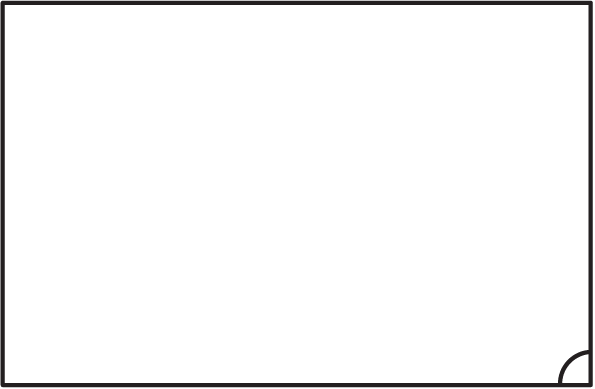
- Repeat the previous steps to cut, measure, and label the two angles marked by part of a circle.
- What do you notice about these angle measures?
- Priya measured 53 degrees on one of her pieces. Predict the angle measure of her other piece.
2.3: Is It a Complement or Supplement?
-
Use the protractor in the picture to find the measure of angles \(BCA\) and \(BCD\).

-
Explain how to find the measure of angle \(ACD\) without repositioning the protractor.
-
Use the protractor in the picture to find the measure of angles \(LOK\) and \(LOM\).
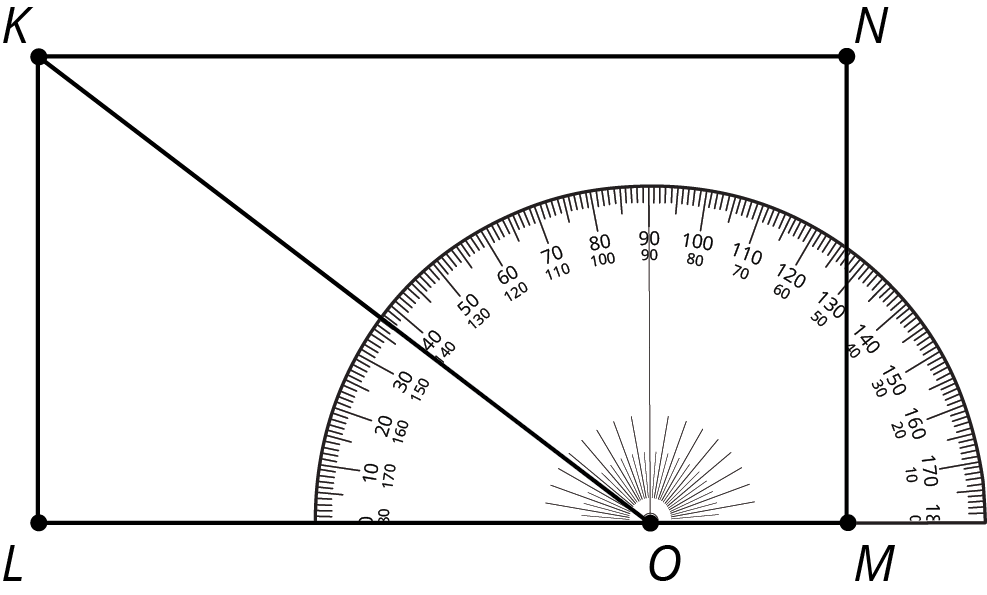
-
Explain how to find the measure of angle \(KOM\) without repositioning the protractor.
-
Angle \(BAC\) is a right angle. Find the measure of angle \(CAD\).
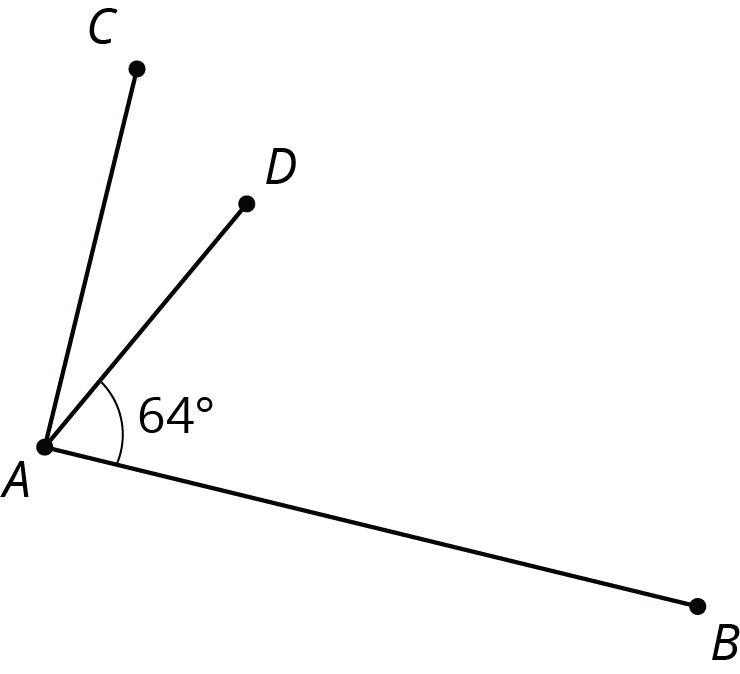
-
Point \(O\) is on line \(RS\). Find the measure of angle \(SOP\).

Clare started with a rectangular piece of paper. She folded up one corner, and then folded up the other corner, as shown in the photos.

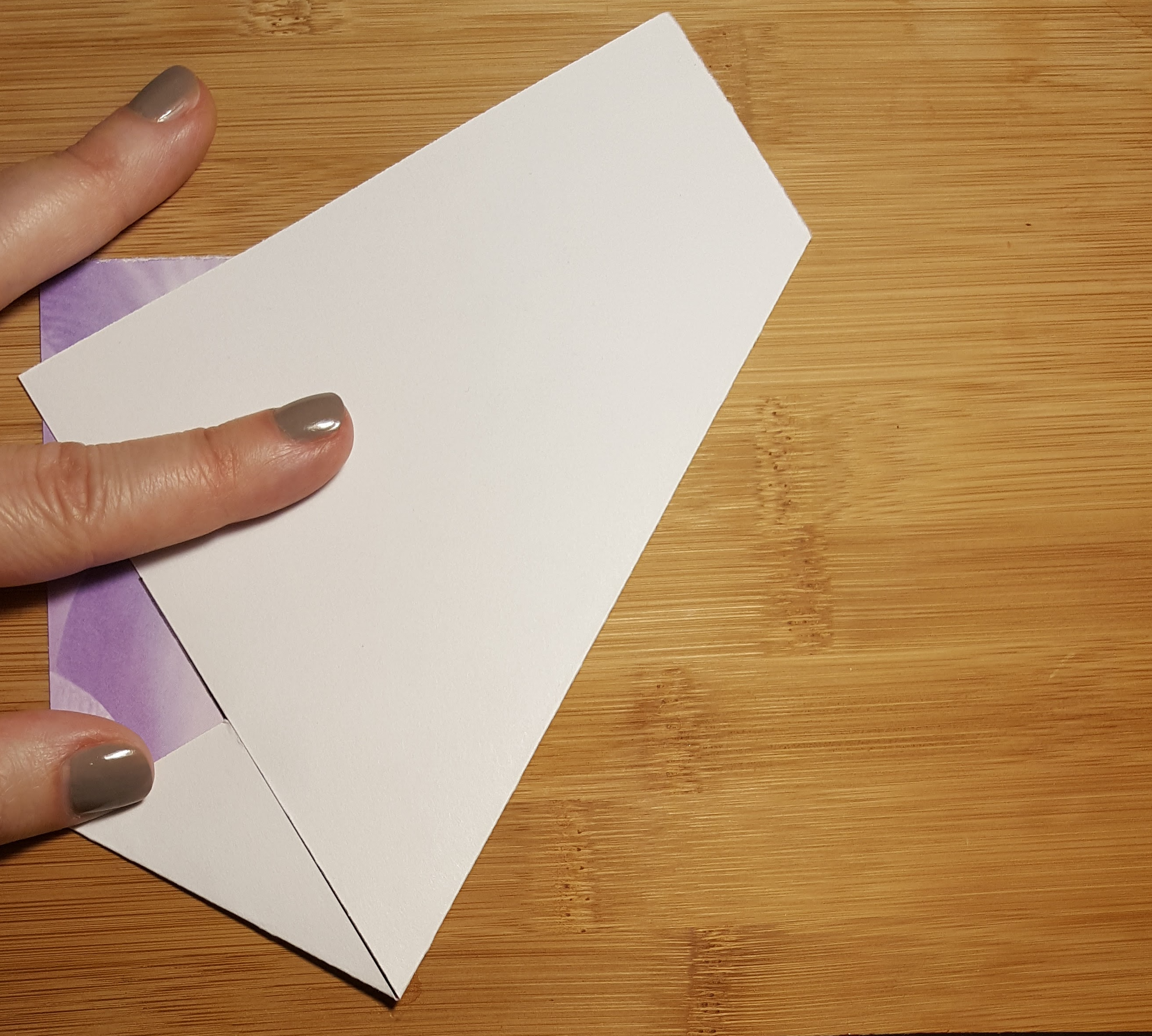
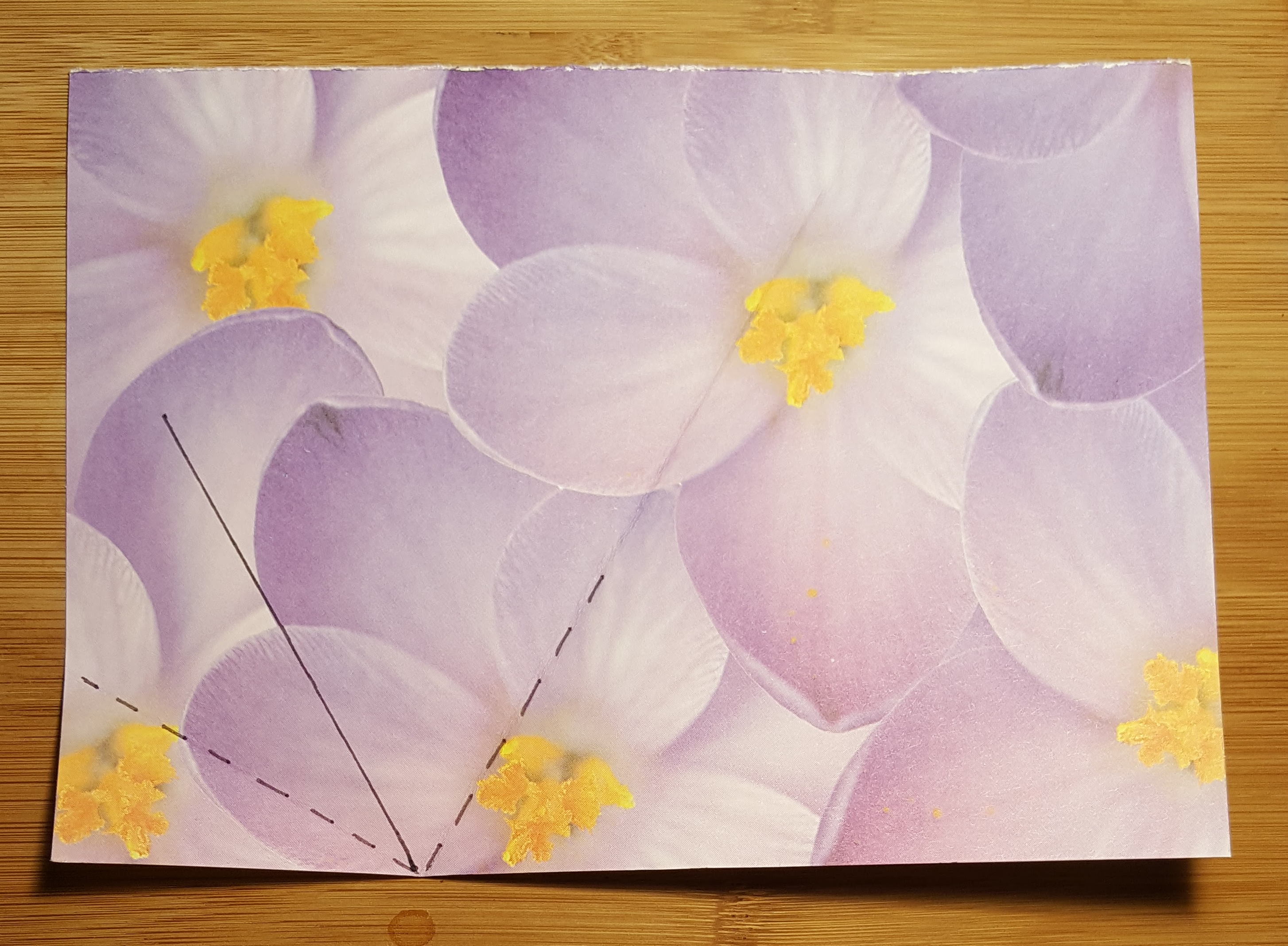
- Try this yourself with any rectangular paper. Fold the left corner up at any angle, and then fold the right corner up so that the edges of the paper meet.
- Clare thought that the angle at the bottom looked like a 90 degree angle. Does yours also look like it is 90 degrees?
-
Can you explain why the bottom angle always has to be 90 degrees? Hint: the third photo shows Clare’s paper, unfolded. The crease marks have dashed lines, and the line where the two paper edges met have a solid line. Mark these on your own paper as well.
Summary
If two angle measures add up to \(90^\circ\), then we say the angles are complementary. Here are three examples of pairs of complementary angles.

If two angle measures add up to \(180^\circ\), then we say the angles are supplementary. Here are three examples of pairs of supplementary angles.

Glossary Entries
- adjacent angles
Adjacent angles share a side and a vertex.
In this diagram, angle \(ABC\) is adjacent to angle \(DBC\).

- complementary
Complementary angles have measures that add up to 90 degrees.
For example, a \(15^\circ\) angle and a \(75^\circ\) angle are complementary.

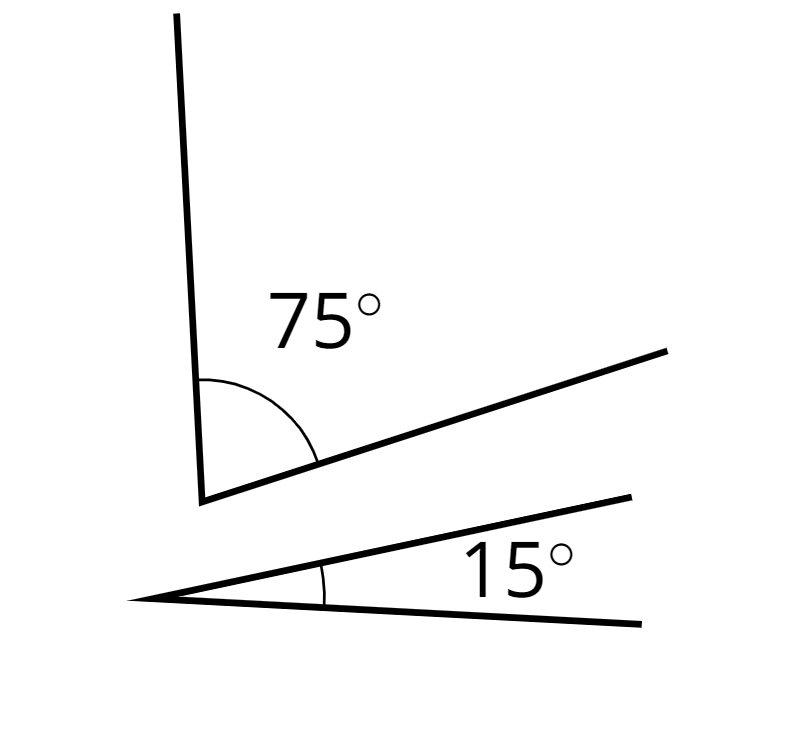
- right angle
A right angle is half of a straight angle. It measures 90 degrees.

- straight angle
A straight angle is an angle that forms a straight line. It measures 180 degrees.

- supplementary
Supplementary angles have measures that add up to 180 degrees.
For example, a \(15^\circ\) angle and a \(165^\circ\) angle are supplementary.
